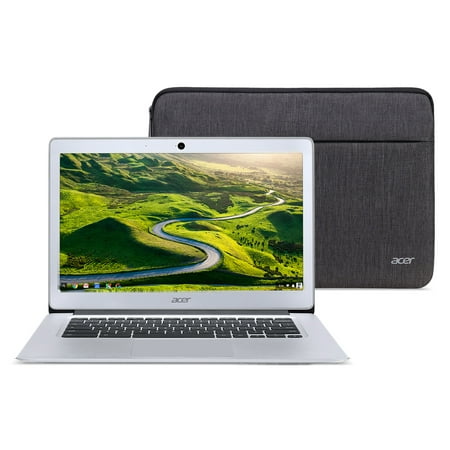Dell Inspiron 16-inch Laptop with 12th Gen Intel Processor | Dell USA
Dell 16 Inch Inspiron Laptop Features a 16:10 aspect ratio display with latest 12th Gen Intel® Core™ processors & clear audio with Waves MaxxAudio Pro.
Dazzling display
Enjoy detailed images with an FHD+ resolution display. Your display also comes with TÜV Rheinland certified* ComfortView software, which reduces potentially harmful blue light emissions. Coupled with DC dimming to reduce flicker, extended screen time is easy on your eyes.
Be heard. Be seen.
What you say is nice and clear with built in dual microphones and AI that reduces background noise. With an FHD camera paired with temporal noise reduction hardware and wide dynamic range software, you’ll be seen with clarity under a range of lighting conditions.
Don’t miss a word with loud and clear audio with Waves MaxxAudio Pro and up-firing speakers.
When you need to disconnect, a mechanical camera privacy shutter gives you peace-of-mind.
Peak performance
Connect with power and speed with the the latest 12th Gen Intel® Core™ processors and WiFi 6E*.
Keep it convenient
A lid-open sensor turns on your device in a snap, and fingerprint reader logs you in securely and instantly.
ExpressCharge powers your device up to 80% in an hour, so you aren’t tethered an outlet*.
A variety of ports, including Type-C™, keep you connected to all your devices without extra dongles.
Environmentally conscious
Your Inspiron 16 is EPEAT Silver certified*. In addition, 100% of the painted parts use low VOC waterborne paint,* and the hinge cap uses bio-based materials from renewable resources. Plus, packaging trays use 100% recycled paper while other packaging components are comprised of up to 90% recycled materials.*
Their latest. Our greatest.
Together, Windows 11 and Dell PCs create a best-in-class experience.
An inspiring new look and feel makes for a calmer desktop. Snap assistant helps focus your workflow while desktops allow you to organize your open windows.
Call, chat, and make plans come to life with Teams on Windows 11* right from your PC regardless of what computer or phone or tablet they are on.
Additional information
| Height | 0.62" – 0.72" (15.67mm – 18.3mm) |
|---|---|
| Width | 14.05" (356.78 mm) |
| Depth | 9.92" (251.9 mm) |
| Starting Weight | 4.12 lbs. (1.87 kg) |






by Kamilo
It is very fast computer, the latest generation and the best technology.
by Suse
Rashia was extremely patient and helpful in resolving the audio issue.
by Tulga
I really like the display and performances of this one, but the only thing is it took me 3 days to get used to with this keyboard which is very different than others with calculator.
by John
First contact with dell support – updated drivers. Found problem not recognizing the charger. Second contact – Dell Support recommended totally running down t he battery. That fixed the recognition of the charger. Still had problem with the screen blanking (going all black). Third contact – I was aware that intermittent problems are hard to find and even harder to guarantee that the problem was totally fixed, and so I requested a new replacement. Two days later, a new computer arrived, and I am totally satisfied. I wanted a non-gaming computer that runs cool and is responsive to user inputs. It fills those requirements with the 12-gen core i5-1235U chip and the display is sharp and bright.